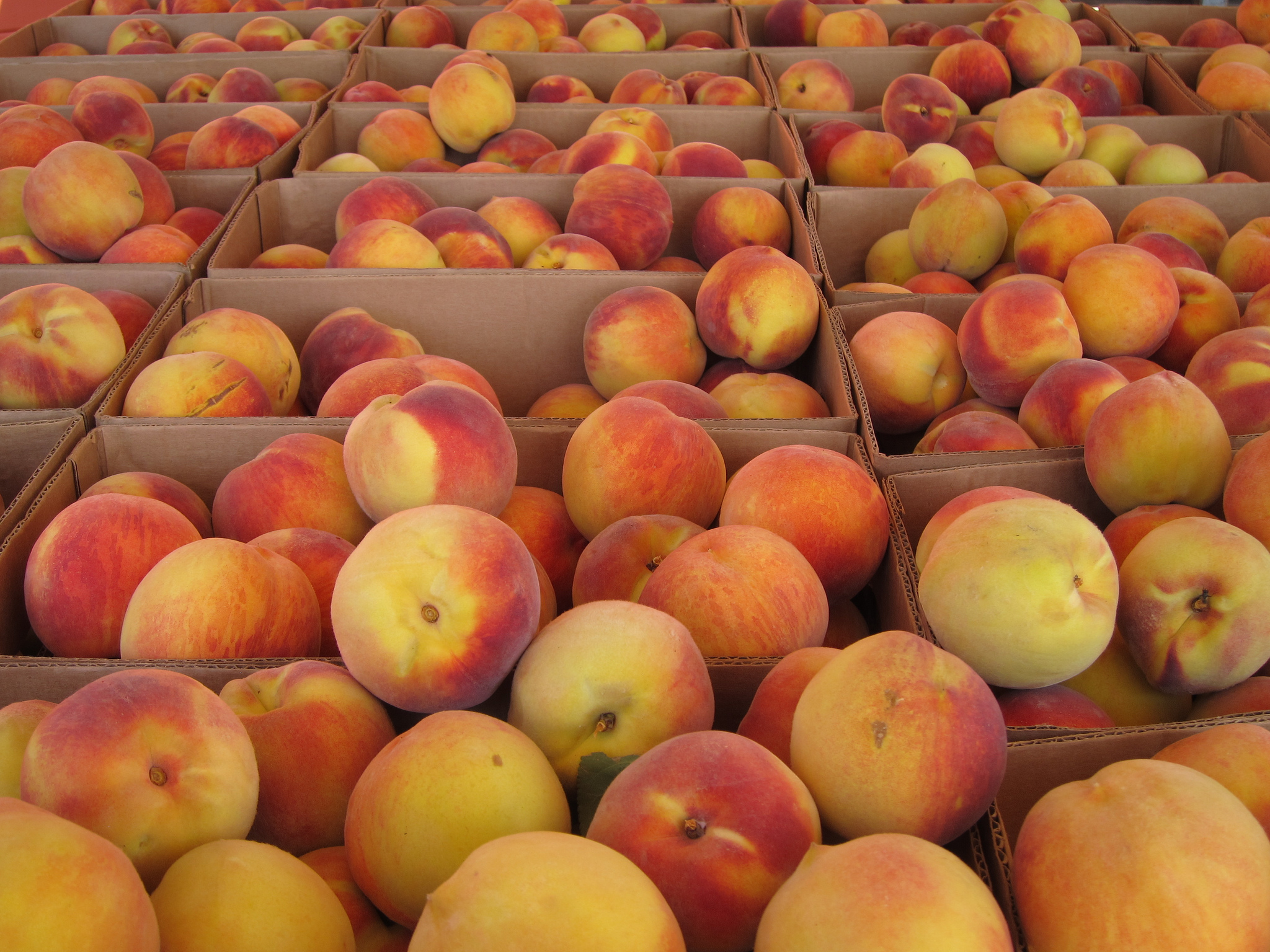Posts from the "Research News" category
AU: How salad vegetable surfaces harbour pathogens — and it’s not how you expect
foodprocessing.com.au: Researchers at the University of Illinois College of Agricultural, Consumer and Environmental Sciences (ACES) decided to look at how viruses could stick to the surface of 24 common salad vegetables. They expected to establish that the small virus particles could ‘hide’ in the rough structures of the cuticle, the waxy layer that protects the plant against diseases and reduces water loss.
Read Article →US: Deliberate act cannot be ruled out for Germany’s 2011 outbreak
Food Safety News:Â Yes, the German E. coli O104:H4 was a pathogen of a high virulence that suddenly emerged, and that might point to an unnatural phenomenon. But might it have been a deliberate act? Or some kind of accident? To be sure, the 2011 outbreak centered on Northern Germany was large, severe, and deadly. Out of the 2,987 confirmed cases not involving hemolytic uremic syndrome (HUS), 18 died. And out of 855 HUS cases, 35 died.
Read Article →SA: Microbiological food safety status of commercially produced tomatoes from production to marketing
Journal of Food Protection: Tomatoes have been implicated in various microbial disease outbreaks and are considered a potential vehicle for foodborne pathogens. Traceback studies mostly implicate contamination during production and/or processing. The microbiological quality of commercially produced tomatoes was thus investigated from the farm to market, focusing on the impact of contaminated irrigation and washing water, facility sanitation, and personal hygiene. A total of 905 samples were collected from three largescale commercial farms from 2012 through 2014.
Read Article →US: Project assesses food safety impacts of delays between pistachio harvest and drying
Center for Produce Safety: Even with the best-laid plans, delays can happen during pistachio harvest and post-harvest handling. Not only can the slowdowns reduce overall nut processing efficiency and quality, but they also may have food safety implications. A two-year research project led by Dr. Linda Harris, Cooperative Extension specialist in microbial food safety, Department of Food Science and Technology, University of California, Davis, examined the potential for those delays to increase food safety risks.
The data generated are being used to develop a model that could be used by the U.S. pistachio industry to assess delays during harvest. A separate objective has generated thermal processing data that will assist the pistachio industry in meeting the new preventative controls rules under the Food Safety Modernization Act, Harris said. Her work was guided by input from several of California’s pistachio processors.
Read Article →US: Research shows feedlot link to E. coli O157:H7 on leafy greens
Food Safety News: Current guidelines for the minimum distance between cattle feed lots and fresh produce growing fields are likely inadequate to ensure leafy greens are not contaminated with E. coli from dust and manure. “Additional research is needed to determine safe set-back distances between cattle feedlots and crop production that will reduce fresh produce contamination,†according to scientists who conducted a two-year study.
A two-year study at the U.S. Meat Animal Research Center showed leafy greens planted well past the recommended minimum safety distance from a cattle feedlot were contaminated with E. coli from the dust and manure.
Read Article →US: New study will focus on food safety in stone fruit packinghouses
Growing Produce:Made possible by a $100,000 grant from the Center for Produce Safety, Dr. Steven Pao, department chair, and Dr. Erin Dormedy will oversee a one-year study to evaluate and improve sanitizing treatments in stone fruit packinghouses. The study will begin this month and will be conducted in partnership with the California Fresh Fruit Association and area stone fruit producers.
Read Article →UK: E. coli evolved to become deadly 30 years ago, new study finds
Food Poisoning Bulletin: E. coli O157:H7 evolved to become deadly 30 years ago, according to a new study by researchers at the University of Edinburgh and Public Health England. The study explains why deadly outbreaks began in the 1980s and demonstrates why the bacteria should be monitored closely, researchers say.
Read Article →CN: Survey of microbial contamination and characterization of Escherichia coli in kiwifruit orchards in Shaanxi, China, 2013
Foodborne Pathogens and Disease: The aim of the study was to survey three foodborne pathogens in kiwifruit orchards as a continuous monitoring program. A total of 193 samples were collected from 11 kiwifruit orchards in Shaanxi province in October 2013. Among the 193 samples, 68 Escherichia coli isolates were recovered, while no Staphylococcus aureus and Salmonella was recovered.
Read Article →AU/NZ: Guidelines for Fresh Produce Food Safety
The Fresh Produce Safety Centre (FPSC) Australia & New Zealand launched their much anticipated Guidelines for Fresh Produce Food Safety at the University of Sydney on 11Â August 2015.
The new guidelines provide Australian and New Zealand fresh produce industries with up-to-date information on assessing and managing food safety risks, incorporating the latest in scientific research and industry experience.
Read Article →US: New study says keeping wildlife habitat next to farm fields is perfectly safe.
Monterey County Weekly: Nearly a decade ago, a deadly outbreak of E. coli linked to bagged spinach grown and processed on the [California] Central Coast sickened more than 205 people and killed three.
The outbreak triggered some major changes to farming and food safety practices, originating on Salinas Valley farm fields.
Growers formed the Leafy Greens Marketing Agreement, a voluntary set of guidelines designed to prevent pathogens from coming into contact with salad greens.
Those guidelines are largely based on common sense: Ensure there are enough portable toilets and sinks for field workers at their work sites; don’t pick salad greens from a flooded area; don’t apply raw animal manure as compost.
Read Article →




![Golden Kiwifruit [growing in an orchard] Geof Wilson https://flic.kr/p/acMdBE CC BY-NC-ND 2.0 https://creativecommons.org/licenses/by-nc-nd/2.0/](https://fpsc-anz.com/wp-content/uploads/2015/09/6040514844_4fc8027346_b-e1443577182727.jpg)
